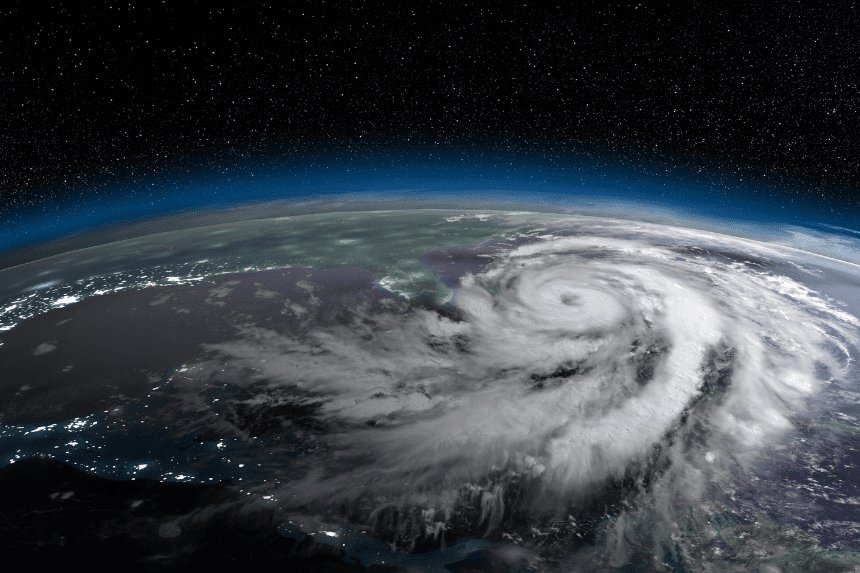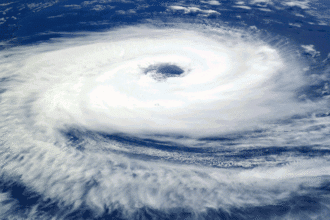The storm is moving north along the U.S. East Coast, bringing dangerous conditions to multiple states, according to the most recent Hurricane Erin update. The hurricane is still offshore, but its effects are being felt by many people. Numerous state emergencies, like those in North Carolina and New Jersey, have been brought on by high winds, flash flooding, and potentially fatal rip currents.
Erin is a strong and developing Category 2 storm with sustained winds of up to 105 mph (165 km/h). As the storm system continues to impact the Mid-Atlantic and portions of New England, authorities have issued urgent cautions for locals and visitors to stay cautious, avoid swimming, and pay attention to local advisories.
What Reactions Are Coastal States Having to Erin?
As Hurricane Erin draws near, several states in the United States have declared emergencies. Governor Phil Murphy of New Jersey declared a state of emergency because of the possibility of flash floods, rip currents, and high surf. Earlier in the week, Governor Josh Stein of North Carolina issued a similar directive, asking beachgoers to avoid the sea after many rescues were needed close to Wrightsville Beach.
The Outer Banks settlements of Hatteras and Ocracoke were also advised to evacuate by officials because they were concerned that increasing water levels and hazardous surf conditions might shut them off. Here is the link to our article on Extreme Weather Crisis.
What Risks Does Erin Put the Public at Risk for?
The Hurricane Erin report emphasizes the persistent dangers posed by high surf and rip currents. Even if the hurricane doesn’t reach landfall, the National Weather Service (NWS) stressed that these conditions will last for a few days. It is highly recommended that swimmers stay aware, heed local beach warnings, and follow lifeguard directions.
One major worry is rip currents, which are notorious for pulling swimmers away from the coast. For even seasoned swimmers, these currents and big breaking waves can be lethal.
What Effect Does Erin Have on Infrastructure?
There is already strain on the coastal infrastructure. High winds destroyed electrical wires in Puerto Rico, briefly cutting off electricity to more than 150,000 homes. To reduce hazards, public services in Turks and Caicos were suspended during Erin’s passage.
Local authorities on the U.S. mainland are keeping a careful eye on regions that are vulnerable to erosion and flooding. Rainfall and storm surge combine to create a high danger of disruption for low-lying homes and coastal routes. Here is the link to our article on UK Weather Alert.
What Increases the Risk of the 2025 Hurricane Season?
The 2025 Atlantic hurricane season may be among the most active in recent memory, according to meteorologists. Climate warming is probably causing ocean temperatures to rise, which is improving the conditions for storm formation.
Concerns about decreased federal funding for weather research have increased in spite of this prediction. Without accurate forecasting, communities might find it difficult to get ready for storms like Erin, which are getting stronger, according to experts.
Final Thoughts
A season influenced by resource constraints and climate change is shown in the most recent Hurricane Erin update, which indicates more than one strong storm. Public attention is essential as the hurricane worsens circumstances along the East Coast. In addition to mobilizing emergency services, people need to take precautions to keep themselves safe. As Erin proceeds, the emphasis will continue to be on community response, preparedness, and lowering the risk of natural calamities associated with climate change.








